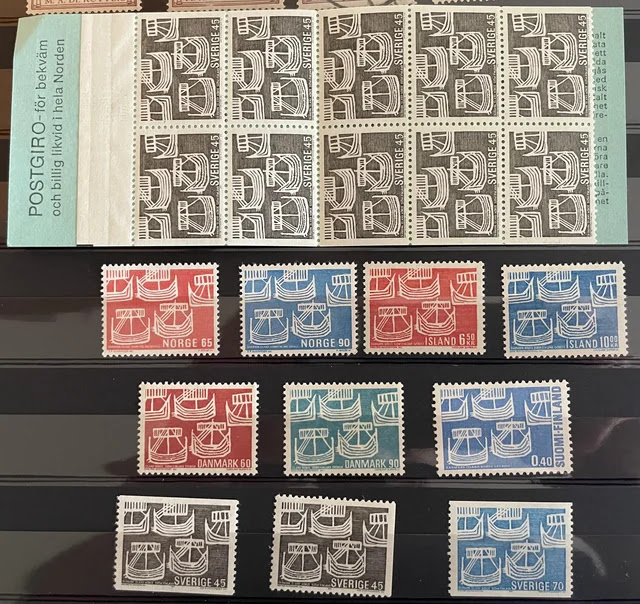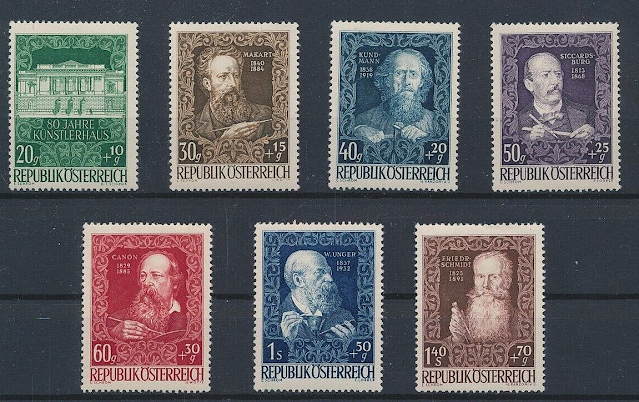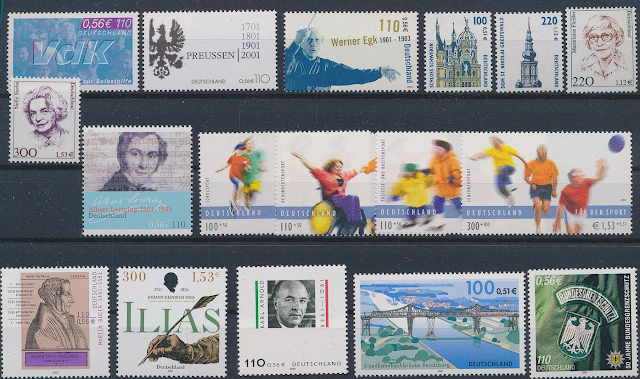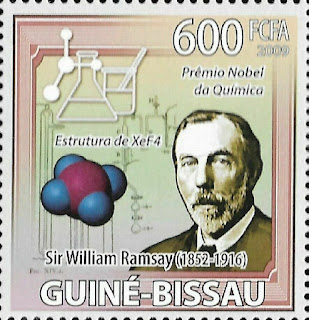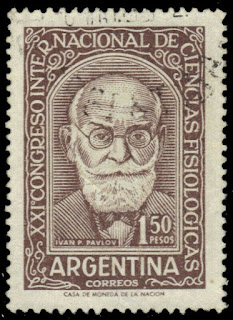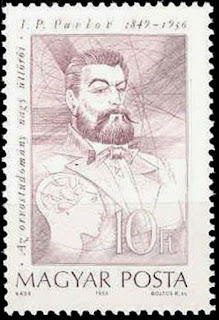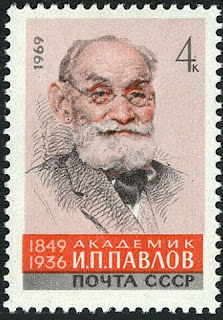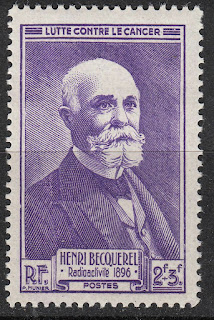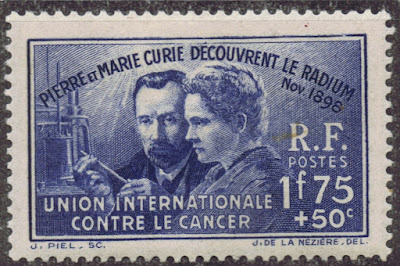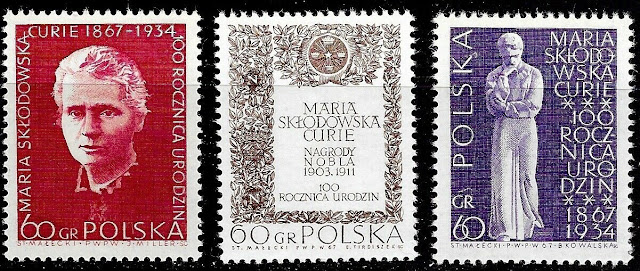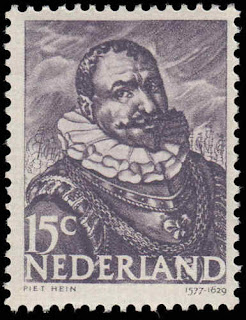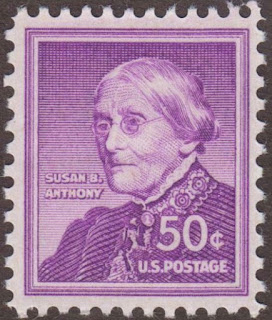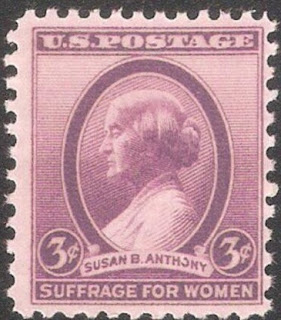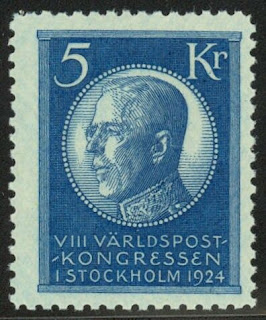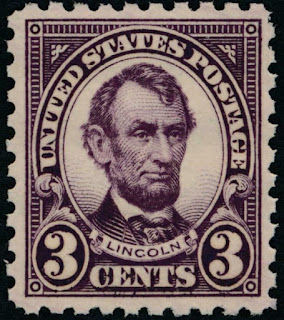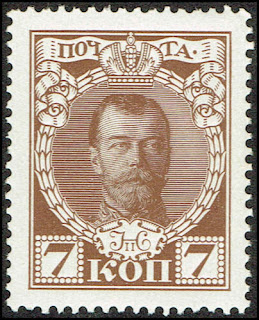Here are some events that happened on June 16th. It could be an event or a person that died or was born on that day
1829 Born: Geronimo, American tribal leader (d. 1909)
Geronimo ("the one who yawns", June 16, 1829 – February 17, 1909) was a prominent leader and medicine man from the Bedonkohe band of the Apache tribe. From 1850 to 1886, Geronimo joined with members of three other Chiricahua Apache bands—the Tchihende, the Tsokanende and the Nednhi—to carry out numerous raids, as well as fight against Mexican and U.S. military campaigns in the northern Mexico states of Chihuahua and Sonora and in the southwestern American territories of New Mexico and Arizona. Geronimo's raids and related combat actions were a part of the prolonged period of the Apache–United States conflict, which started with American settlement in Apache lands following the end of the war with Mexico in 1848.
While well known, Geronimo was not a chief of the Chiricahua or the Bedonkohe band. However, since he was a superb leader in raiding and warfare, he frequently led large numbers of men beyond his own following. At any one time, he would be in command of about 30 to 50 Apaches.
During Geronimo's final period of conflict from 1876 to 1886, he surrendered three times and accepted life on the Apache reservations in Arizona. Reservation life was confining to the free-moving Apache people, and they resented restrictions on their customary way of life.
In 1886, after an intense pursuit in northern Mexico by American forces that followed Geronimo's third 1885 reservation breakout, Geronimo surrendered for the last time to Lt. Charles Bare Gatewood, an Apache-speaking West Point graduate who had earned Geronimo's respect a few years before. Geronimo was later transferred to General Nelson Miles at Skeleton Canyon, just north of the Mexican/American boundary. Miles treated Geronimo as a prisoner of war and acted promptly to move Geronimo, first to Fort Bowie, then to the railroad at Bowie Station, Arizona, where he and 27 other Apaches were sent to join the rest of the Chiricahua tribe, which had been previously exiled to Florida.
While holding him as a prisoner, the United States capitalized on Geronimo’s fame among non-Indians by displaying him at various events. For Geronimo, it provided him with an opportunity to make a little money. In 1898, for example, Geronimo was exhibited at the Trans-Mississippi and International Exhibition in Omaha, Nebraska. Following this exhibition, he became a frequent visitor to fairs, exhibitions, and other public functions. He made money by selling pictures of himself, bows and arrows, buttons off his shirt, and even his hat. In 1905, the Indian Office provided Geronimo for the inaugural parade for President Theodore Roosevelt. Later that year, the Indian Office took him to Texas, where he shot a buffalo in a roundup staged by 101 Ranch Real Wild West for the National Editorial Association. Geronimo was escorted to the event by soldiers, as he was still a prisoner. The teachers who witnessed the staged buffalo hunt were unaware that Geronimo’s people were not buffalo hunters.
He died at the Fort Sill hospital in 1909, as a prisoner of war. Geronimo is buried at the Fort Sill Indian Agency Cemetery, among the graves of relatives and other Apache prisoners of war.
US stamps depicting Geronimo
1858 Born: Gustaf V of Sweden (d. 1950)
Gustaf V (Oscar Gustaf Adolf; 16 June 1858 – 29 October 1950) was King of Sweden from 1907 until his death in 1950. He was the eldest son of King Oscar II of Sweden and Sophia of Nassau, a half-sister of Adolphe, Grand Duke of Luxembourg. Reigning from the death of his father, Oscar II, in 1907 to his own death 43 years later, he holds the record of being the oldest monarch of Sweden and the third-longest rule, after Magnus IV and Carl XVI Gustaf. He was also the last Swedish monarch to exercise his royal prerogatives, which largely died with him, although they were formally abolished only with the remaking of the Swedish constitution in 1974. He was the first Swedish king since the High Middle Ages not to have a coronation and so never wore the king's crown, a practice that has continued ever since.
Gustaf's early reign saw the rise of parliamentary rule in Sweden although the leadup to World War I induced his dismissal of Liberal Prime Minister Karl Staaff in 1914, replacing him with his own figurehead, Hjalmar Hammarskjöld, the father of Dag Hammarskjöld, for most of the war. However, after the Liberals and Social Democrats secured a parliamentary majority under Staaff's successor, Nils Edén, he allowed Edén to form a new government which de facto stripped the monarchy of all virtual powers and enacted universal and equal suffrage, including for women, by 1919. Bowing fully to the principles of parliamentary democracy, he remained a popular figurehead for the remaining 31 years of his rule, although not completely without influence – during World War II he allegedly urged Per Albin Hansson's coalition government to accept requests from Nazi Germany for logistics support, refusing which might have provoked an invasion. This remains controversial to date, although he is not known to have shown much support for fascism or radical nationalism; his pro-German and anti-Communist stance was well known also in World War I.
Following his death at age 92, he was implicated in a homosexual affair in the Haijby affair. His alleged lover Kurt Haijby was imprisoned in 1952 for blackmail of the court in the 1930s. (Homosexuality was a criminal offense in Sweden until 1944, though Gustaf's position would have granted automatic immunity.) An avid hunter and sportsman, he presided over the 1912 Olympic Games and chaired the Swedish Association of Sports from 1897 to 1907. Most notably, he represented Sweden (under the alias of Mr G.) as a competitive tennis player, keeping up competitive tennis until his 80s, when his eyesight deteriorated rapidly. He died from flu complications and was succeeded by his son, Gustaf VI Adolf.
1918 Born: Bazil Assan, Romanian engineer and explorer (b. 1860)
Bazil George Assan (1 August 1860 – 16 June 1918) was a Romanian engineer, explorer and economist. Belonging to a wealthy family in Bucharest, Assan was an important figure in the industrialization of the Kingdom of Romania. He studied engineering, commerce and economics, which impulsed him to discover the globe. In 1896, he became the first Romanian to travel to the Arctic, and between 1897 and 1898, he became the first Romanian to travel around the world. His travels were later presented to King Carol I of Romania. Assan died on 16 June 1918 in Montreux, Switzerland.
Assan, stimulated by his knowledge of economics, commerce and industry, was greatly interested in discovering the world. Therefore, in the summer of 1896, he embarked on the Norwegian ship Erling Jart and, along with other scientists of various nationalities, traveled to the Arctic. Assan and the scientists studied the geological structure and natural resources of the archipelago of Svalbard. Thus, he became the first Romanian to travel to the Arctic.
Afterwards, between 1897 and 1898, departing from Constanța, he passed through Constantinople, Alexandria, Ceylon, Singapore, Hong Kong, Shanghai, Nagasaki, Tokyo, Yokohama, San Francisco, New York and London, establishing several trade agreements and becoming the first Romanian to travel around the world. His expeditions were published in the Royal Society of Geography of Romania, of which he was a member. After returning, he presented his conference Călătorie în regiunile polare nordice ("Journey in the northern Polar regions") to King Carol I and Prince Ferdinand I, and days later to the Queen Elisabeth of Wied. In 1899, he presented to the public Călătoria împrejurul Pământului ("Journey around the Earth"), his second conference. Between December 1897 and the middle of 1898, Assan made another trip, this time with more economic and cultural intentions.
Romania stamp depicting Bazil Assan


